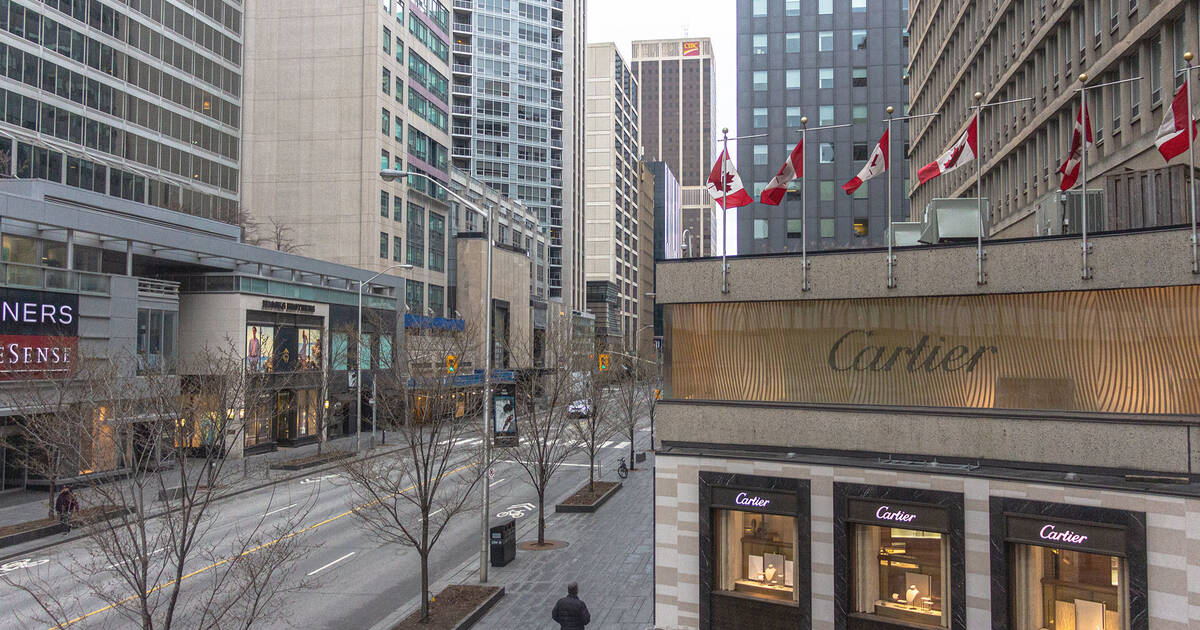
Bloor is surely one of Toronto's most important streets, up there with Yonge and Queen as the head trio of our urban grid.
It didn't take its current name until the mid-1850s, but its history dates back to the turn of the 19th century in Toronto, when it existed as the northern end of the city. Toronto has since grown around it, leaving behind a fascinating trail of trivia along the way.
Here are some things you might not know about Bloor St.
1. Bloor used to end at Sherbourne. The section of the street that cuts over towards Parliament is built on infill and actually a part of the Prince Edward Viaduct.
2. The street was variously known as the Second Concession and Tollgate Road until 1855, when it was named after Joseph Bloore, a prominent businessman and the founder of the Village of Yorkville. No one knows why the "e" was dropped.
3. At one point, Bloor was the northern terminus of the city. Toronto's key east/west thoroughfare was Lot St. (present day Queen St.), from which the city was divided into estates that ran all the way north to Bloor, hence the Second Concession designation.
4. Bloor used to be covered in streetcar tracks. Before the Bloor-Danforth Line opened in 1966, it was one of the busiest surface rail routes in the city.
5. Speaking of the Bloor-Danforth subway line, have you ever noticed that it's not actually built under the street? Because the TTC used the cut and cover method to build the line, it was decided that it should be placed just north of the main street to reduce traffic disruption.
6. On occasion, Bloor St. serves as the north/south dividing line for non-sequentially numbered streets, as is the case on Sherbourne St. and Prince Edward Dr. in Etobicoke.
7. That strange-looking building at 315 Bloor St. West (at Devonshire) that now houses the Munk School was once a meteorological observatory. There used to be a dome above the tower that housed a telescope until 1930.
8. The so-called Mink Mile (the stretch of Bloor between Yonge and Avenue Rd.) is the priciest retail space in Canada and is regularly listed as one of the most expensive shopping streets in the world.
9. The north side of the street used to be a dry zone. The borders of West Toronto (what we now call the Junction neighbourhood) extended to the middle of Bloor St., which meant that establishments on the south side of the street could serve booze, while those on the north could not.
10. The Michael Lee Chin Crystal at the ROM, likely the most recognizable structure on Bloor St., was once ranked the worst piece of architecture built in the 2000s.
by Derek Flack via blogTO

No comments:
Post a Comment